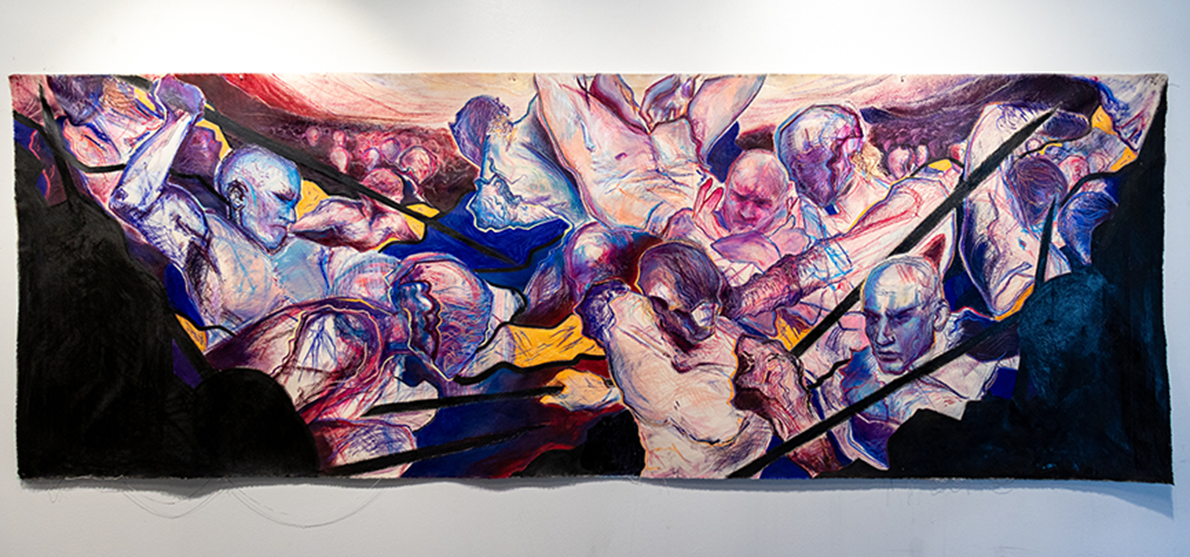The following is a synopsis of Armévida’s thesis:
“Plastilina” is a second-person, sci-fi novella set in the near future, where the American government’s response to treason and the Fourth World War are sniffs: perfumers trained to hunt down shapeshifters, discernible only by scent. Your callsign is Fipher—and you are dead, at least on paper. After a brief period of deployment and the weaponization of perfume, you are now isolated from the outside world and forced to work a crude form of hospice care. Through schills (slang for artificial shape shifting cells), you tend to the wounded by imitating their loved ones, until they have passed. You are a walking Petri dish and an experimental success. Any hopes of returning to civilian life is blocked by Sentinel, a military organization. Your life is decided for. You exist on autopilot, until the day Simon—a comrade and lover from your past—is wheeled into the ward. Simon is injured, suicidal, and cold. He does not believe that you are you, but rather someone else simply pretending to be you. Revitalized by nostalgia and the desire to reunite with him, you shove through memory, deception, and the psychological cost of killing in warfare, to prove your identity.
Projects of the near future:
The “Martyrs’ Pipeline” Trilogy is a sci-fi novel series that will explore elements of militainment, siblinghood, and armamentism. Succeeding the events of “Plastilina” by a century, the first installment of the trilogy will especially hone in on transnationalism, blame, and the dichotomy of “tactical intimacy”.
Artist statement/visual intentions:
In relation to Armévida’s written projects, their visual work has been concentrated into creating a fictional museum within the the narrative of the Atrium States (a future America, with portions of its cities isolated within terrarium-like structures) that exhibits a history of the Fourth World War through prepared artworks, recovered items, and more. Major pieces depict ODAs (olfactory detective agents) and Sentinel soldiers beneath a legendary light, alluding to the manipulation of perception and fact through the romanticization of violence; achieved through large-scale oil pastel pieces. Imagery is intentionally imitative of mythological figures often seen in academic/religious work and the “action shots” of in-residence military artists.
